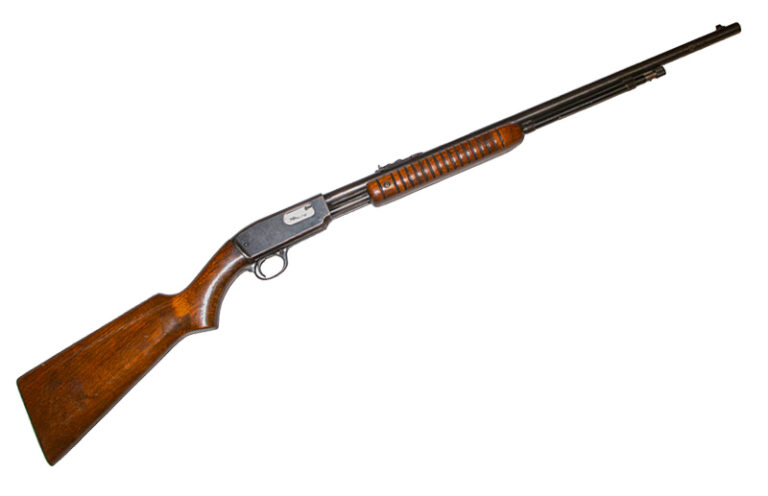
There’s nothing like a first rifle, especially if that rifle is a Winchester Model 61.
After my father was released from the Army hospital in Fort Pickett, Virginia, he used the G.I. Bill to go to college. He and my mother were married soon after, and Dad worked odd jobs to stay in school. They never had much money, but they loved to hunt, and grandpa gave them a Winchester Model 61. After Dad got his degree and began teaching, they finally saved up enough money to buy matching Winchester Model 12 shotguns. They were then, as they say, “living high on the hog.”
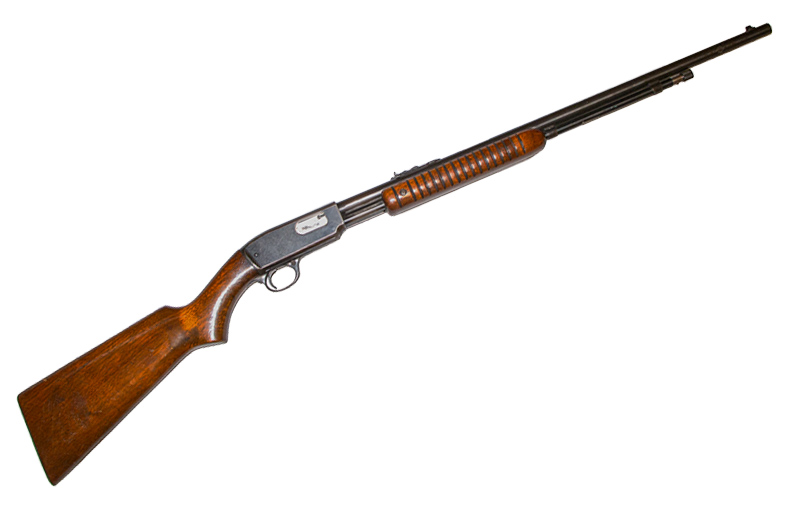
When I finally came along, Mom and Dad still didn’t have a lot of money, but they did have that Model 61. When I wasn’t much more than stirrup high, I used that rifle to kill my first critter; I shot a raccoon out of a tree with about half the family watching. Our family enjoyed hunting raccoons with hounds, and when the dogs treed one, we took turns shooting at it—youngest to oldest. I was the youngest and learned right quick that if I didn’t get the hit, the gun would never make its way back to me. Eventually, I got so good at shooting ’coons, they’d skip me and let the older young’uns shoot first.
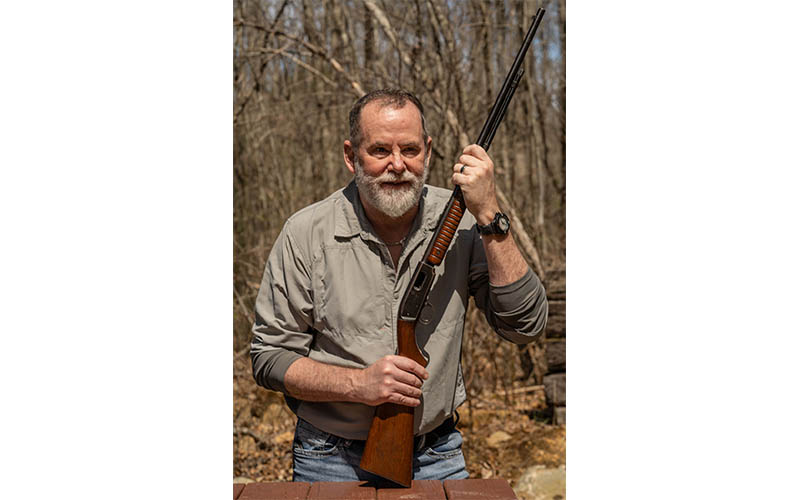
That rifle and I grew up together, but there was a brief time when a shotgun tried to intervene with our relationship. Mom also had an old single-shot Model 37 Winchester .410 bore she’d hunted with up until she and Dad acquired their Model 12s. (In case you’ve not figured it out, we were a Winchester family.) After that, she had let my older cousins use her Model 37 as their first hunting gun. So, Mom expected me to follow form.
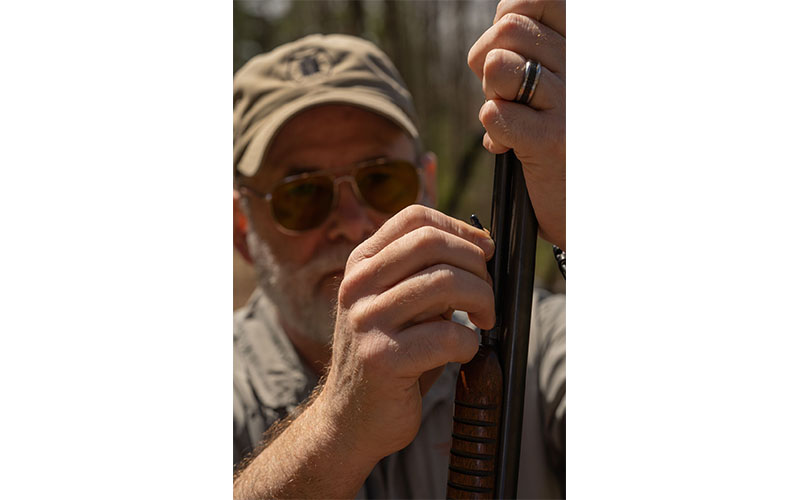
Dad took me squirrel hunting and, after about an hour under a hickory tree and a complete box of .410 shells, there were no dead squirrels. On the way back to the house, I asked if I could use my .22—the Model 61—for squirrel hunting. Dad seemed a bit dejected, but agreed, and that was the beginning of the rifleman I am today.
Unlike Any Other
The Winchester Model 61 was introduced in 1932. It was a lean and trim pump-action .22 that was capable of handling .22 Short, .22 Long and .22 Long Rifle cartridges. Unlike modern .22 rifles with abbreviated barrels, the Model 61 had a full-length, 24-inch tube, and it was available in either an octagonal or round configuration. Surprisingly, it could even be ordered with a Routledge smooth-bore barrel, where after about 12 to 17 inches the bore opened to 0.375-inch diameter to stop the spinning of shotshell payloads. These special 61s were a favorite of exhibition shooters.
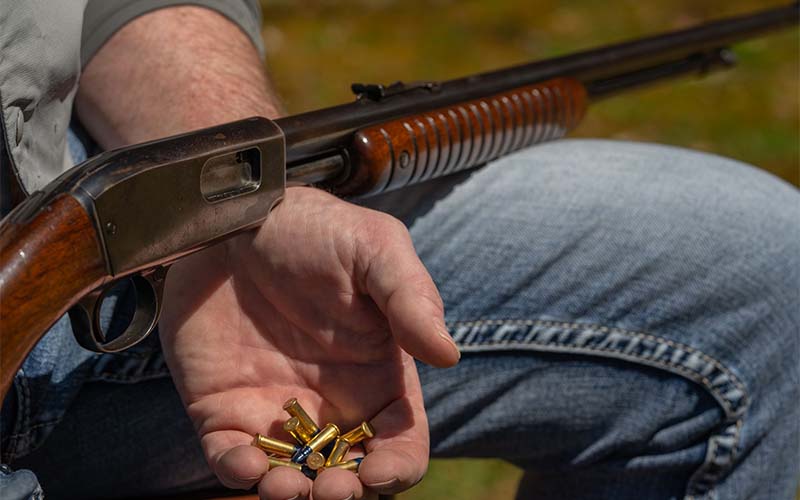
There were three versions of the 61: a Pre-War, Standard and WMR. The Pre-War version had a straight grip and a steel butt plate. The Standard version had a larger circumference forend and a pistol grip stock. The WMR version, as you might have guessed, was chambered for the .22 WMR cartridge. All were loaded and fed by a tube magazine, and one of the coolest features of the 61 was the large thumb screw on the left side of the action that made the gun a takedown.
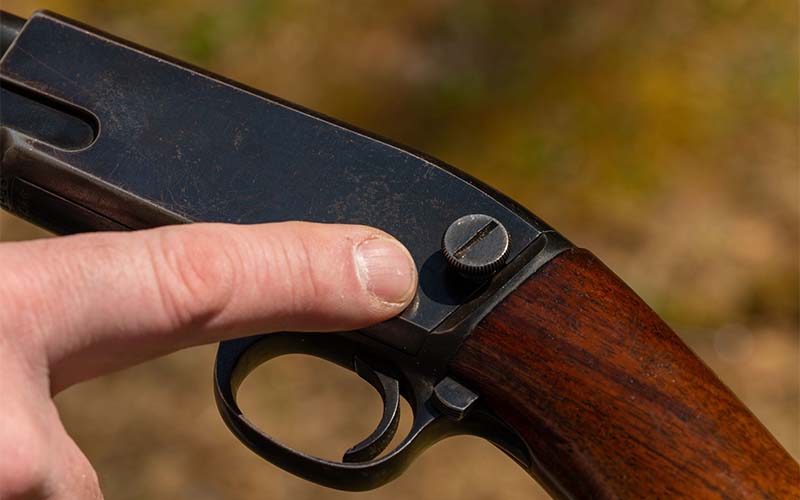
Many considered the Model 61 a rimfire companion to Winchester’s iconic Model 12 shotgun. It may have been the impetus that inspired my mom and dad to get their Model 12s. Operation of both were identical; the action release and safety were in exactly the same place. Model 61 production ceased in 1963, and there were about 342,000 61s made during its 31 years of manufacture. Used—shooter condition—Model 61s will sell for about a grand, but 61’s with the Routledge barrel can break a wallet or cause a divorce.
These little rifles were amazingly good shooting guns. Over the course of growing up with my 61, I made some shots that were better than brag worthy. And by the time I was in my teens, that rifle and I were unbeatable; no one in my family shot it as well as I did—that includes my father, who was deadly with open sights.
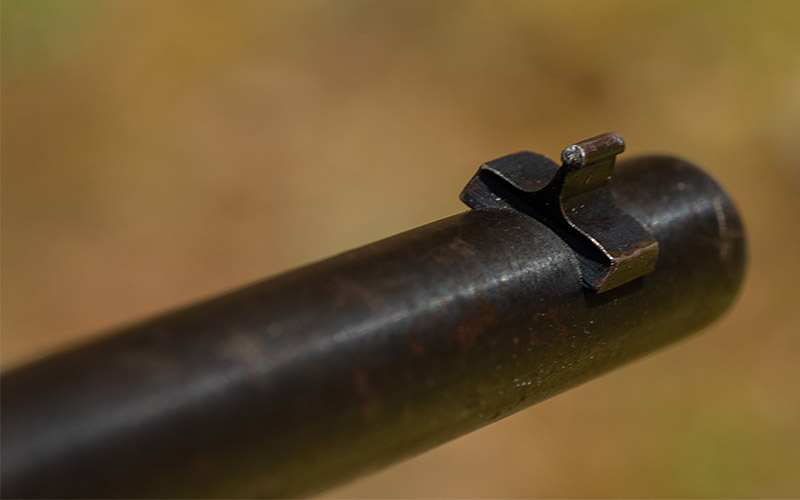
Of course, nothing lasts forever, and I eventually had to have a .22 Magnum, one that was compatible with a scope. About the same time that I kissed my first girl—and meant it—that old Model 61 was handed down to my sister.
Time Marches On
As it is with many early relationships, mine with that old Model 61 began to fade. New adventures with my scope-sighted .22 Magnum and a new Remington Model 700 made my time with the 61 seem juvenile and less important. By the time I was in my 20s, that old rifle had been mostly forgotten.
But a few years ago, my sister surprisingly gifted my son with my father’s old Winchester 100, my oldest daughter with my mother’s Model 12 and my youngest daughter with our family’s old Model 61. A better Christmas gift would be hard to imagine, but of course my kids have been exposed to much more modern guns all their lives. The gesture was mostly one of nostalgia as opposed to something that generated exciting expectations at the shooting range. However, and again, few things stay the same forever.
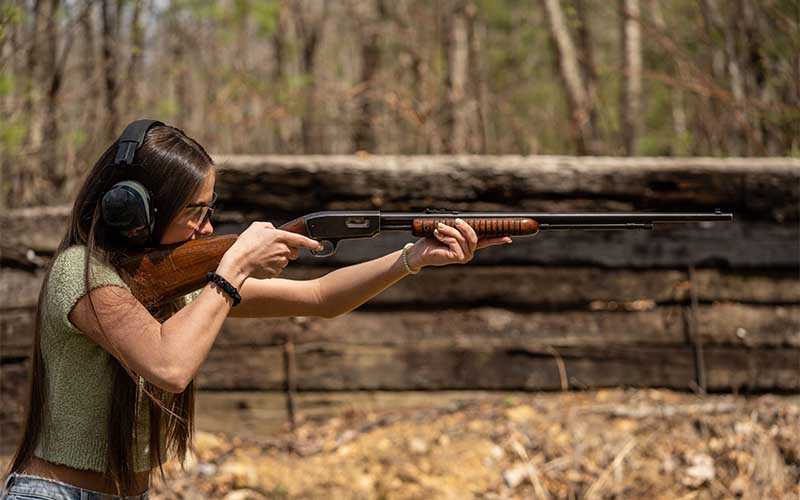
Last year, my son used his grandfather’s old 16-gauge Model 12 to take his first spring gobbler. I think this accomplishment, along with the nostalgia it carried with it, sort of inspired him to ask about that Model 61 that’d been hiding in the gun safe. We took it out to the range, and after a bit of plinking, he said, “Let’s have a little shootout.” Remembering my relationship with that rifle and the things we’d been capable, I readily agreed, with the full intention that I was going to show him a thing or two.
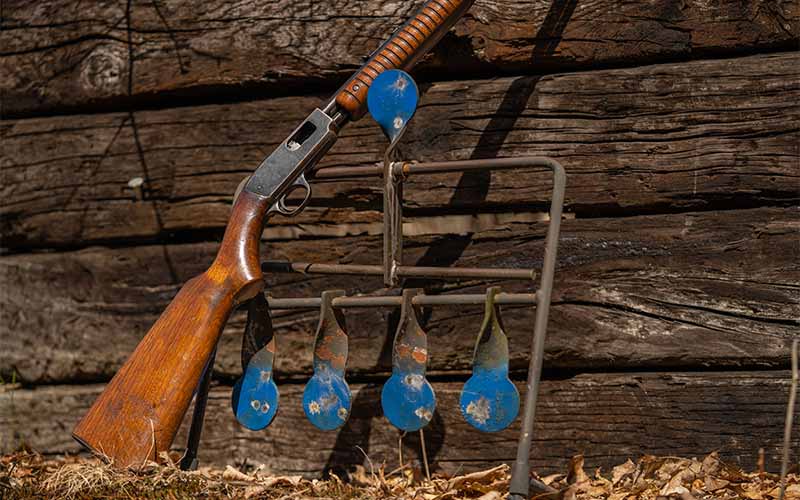
I’m not sure, but maybe my memory isn’t as good as I thought it was. Or, maybe, my old eyes just can’t see as good as they used to. The old rifle and I performed pretty darn well, but it seemed to find the target better and more often in my son’s hands than it did in mine. Was I not as good as I once was? Or, possibly, was my son just a better shot? It couldn’t be that I couldn’t shoot as good now as when I was younger. I’m a much better shot now and have proved it on numerous occasions. I’ve also been trained by some of the best rifle shooters in the world. I still—routinely—outshoot my son when we have these little competitions. Oh, he’s good, but rarely good enough. So, what was going on?
Maybe what was going on didn’t have a great deal to do with my shooting skill at all. Maybe what was going on was that a fourth-generation rifle was passing the torch.
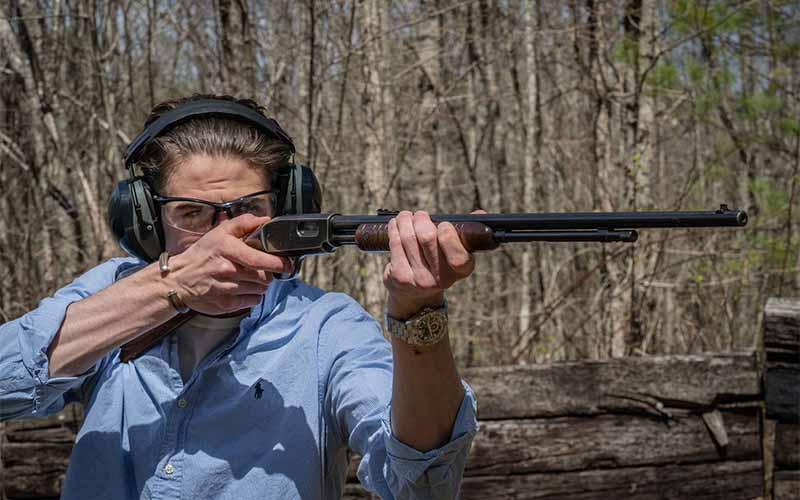
I remember sitting by the campfire with my father many, many, years ago. We were using that Model 61 to shoot clothes pins off the clothesline—while Mom and Grandma weren’t watching, mind you. About 10 pins in, I think the score was Dad 3, me 7. That’s when he said he thought ought we ought to stop. That might’ve been the last time dad and I had one of those little shooting competitions. It’s also about the time he began bragging about what a good rifle shot I was.
Atta Boy, Son
As I put that old Model 61 back into the safe after its first outing to the range in many years, I realized that maybe it’s time I took something else from my father. I should probably quit trying to outshoot my son and start bragging a bit about the rifleman he has become. In fact, I’m certain that’s what I should do. I’m certain because one of my childhood friends, a friend who I’d not spent any time with in a long, long, time, just told me so. When a rifle you’ve trusted talks, you should listen.
So, let me tell you about how this boy of mine shoots a rifle …
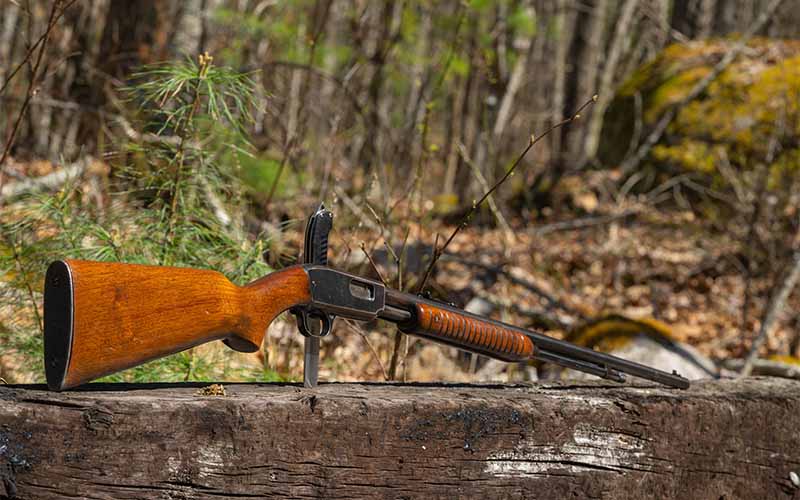
Editor's Note: This article originally appeared in the July 2022 issue of Gun Digest the Magazine.
More Classic Guns:
- Going the Distance with the Sharps Rifle
- Colt Single-Action Army: Owning The Enduring Legend
- The Winchester Model 1897 Pump-Action Shotgun
- 10 Guns From The Old West You’ve Got To Know

Next Step: Get your FREE Printable Target Pack
Enhance your shooting precision with our 62 MOA Targets, perfect for rifles and handguns. Crafted in collaboration with Storm Tactical for accuracy and versatility.
Subscribe to the Gun Digest email newsletter and get your downloadable target pack sent straight to your inbox. Stay updated with the latest firearms info in the industry.

![Best Concealed Carry Guns In 2025 [Field Tested] Wilson Combat EDC X9S 1](https://gundigest.com/wp-content/uploads/Wilson-Combat-EDC-X9S-1-324x160.jpg)


![Best 9mm Carbine: Affordable PCCs [Tested] Ruger Carbine Shooting](https://gundigest.com/wp-content/uploads/Ruger-Carbine-Shooting-100x70.jpg)
![Best AR-15: Top Options Available Today [Field Tested] Harrington and Richardson PSA XM177E2 feature](https://gundigest.com/wp-content/uploads/Harrington-and-Richardson-PSA-XM177E2-feature-100x70.jpg)

Just acquired Winchester model 61 born in 1932. Came with a soft case and I don’t think it’s ever been shot.
I loved two old Winchesters, the 61 and the 62. Yes, the 61 looked just like a very small shotgun!By the time I met up with them it was the early 1970’s. Even then a nice condition 61 was around $1,000 at auction here in San Francisco. I dreamed of having one and in the days before the internet, found a slightly rusty example for a few hundred! My good buddy owned the 62 which I got to shoot all the time. I preferred the safety of the exposed hammer on the 62plus the more Western cowboy look of the rifle with that big hammer cocked!